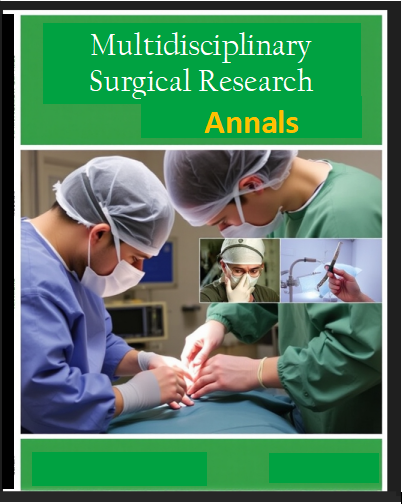Frequency of Obstetric Outcome After At Least Two Previous Spontaneous Abortions at Abbasi Shaheed Hospital & Aziz Medical Centre, Karachi.
Abstract
Background: Unfavorable obstetric outcomes are more likely to occur in women who have had two or more spontaneous abortions (SA). Local data are still hard to come by, though. The prevalence of abortion, preterm delivery, full-term delivery, and fetal death in these pregnancies were all assessed in this study.
Methods We used successive sampling over a six-month period (December2024–May 2025) to enroll 132 pregnant women aged 20–35 years with two prior SAs in this descriptive cross-sectional study. Chronic conditions (diabetes, hypertension, etc.) and multiple gestations were excluded. Using p=0.323 (pre-term rate), d=0.08, α=0.05, and n=132, the sample size was determined. Following informed consent, a pre-made proforma was used to record demographic and obstetric information. According to operational definitions, the results were categorized. Means ± SD and frequencies were calculated, and χ² examined correlations (p ≤ 0.05).
Results: The average age was 28.4±3.2 years. The percentage of urban residents was 62.1%. Forty-three (32.6%) had preterm delivery, twenty-six (19.7%) had abortion, fifty-three (40.2%) had full-term delivery, and ten (7.6%) had fetal death. Baseline characteristics are described in Table 1. Outcome frequencies are displayed in Table 2. Urban dwellers had a considerably greater rate of preterm delivery (36.1% vs. 26.7%, p=0.04). Results are visualized in Figures 1 (bar chart) and 2 (pie chart).
The need for improved surveillance and customized prenatal care for women with recurrent SAs is highlighted by the fact that almost one-third of this group had preterm delivery and one-fifth had recurrent miscarriages.




